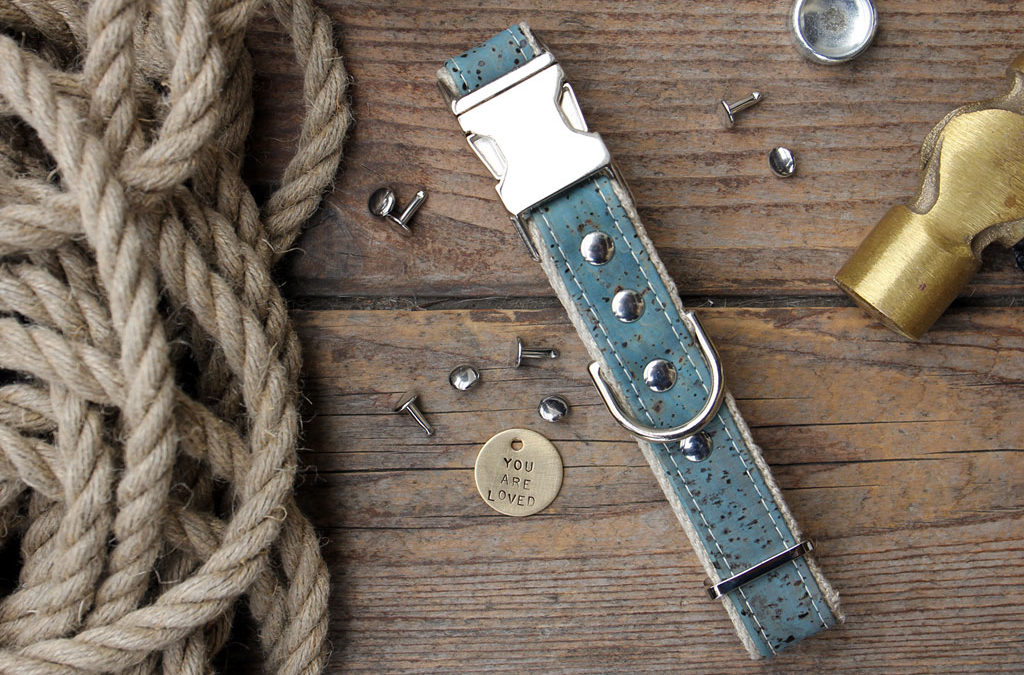Why We Love Cork At WigglyWoos
What is Cork? Where does it come from? We know its common form when we uncork a bottle of wine, pin boards, or perhaps you have seen cork flooring. But what about cork as a fabric? As a textile? Cork fabric allows you to have the look and the feel of leather without using animal products. Cork is a vegan alternative and a conscious choice with a sustainable footprint.
We have chosen to use cork for our collars, leashes, harnesses, and accessories. We have been able to use cork to replace elements where one might use leather and the results are fantastic.
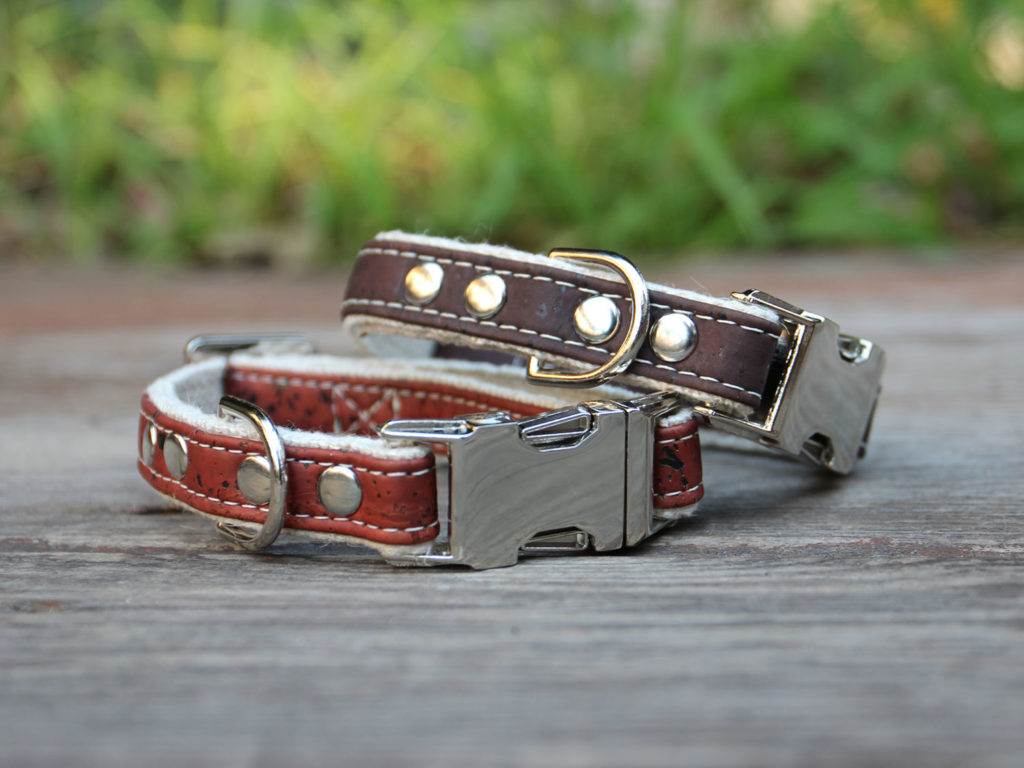
Wonderful Properties of Cork:
Water resistant, easy to clean. You can spot clean when necessary with a damp cloth.
Water repellent
Mildew and odor resistant
Mosquito repellent
Stain resistant
Fire resistant and flame retardant
Lightweight, yet durable. Soft to the touch
Environmentally renewable, sustainable, natural, “green” resource
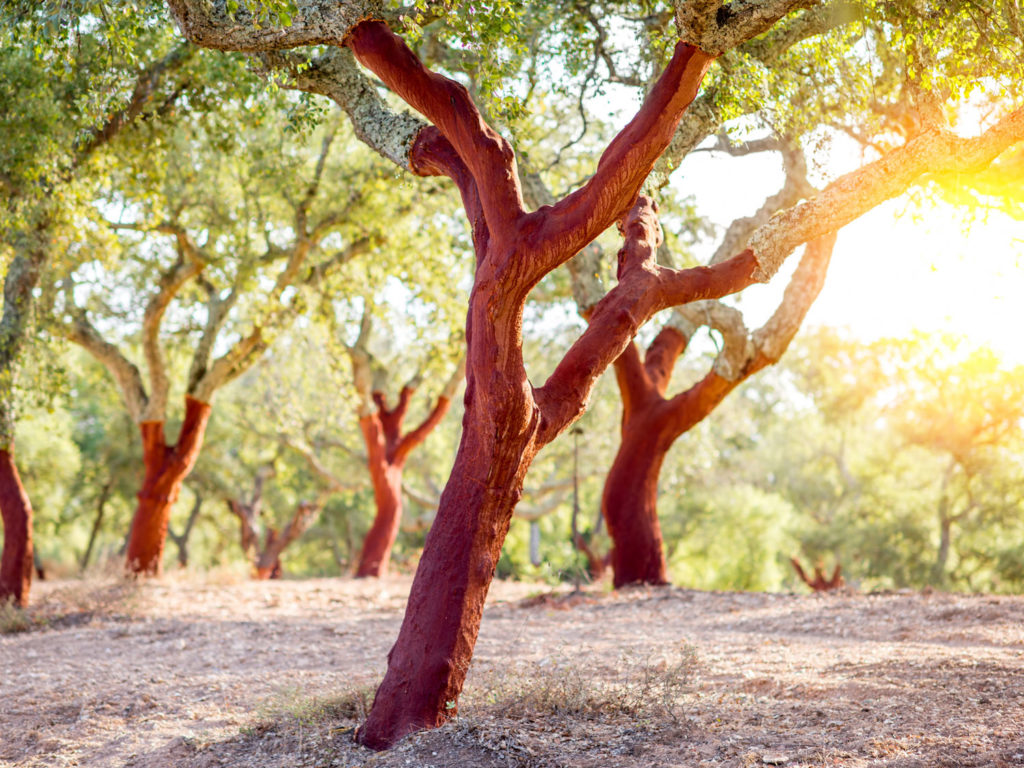
The cork oak tree has a lifetime of 250 to 350 years. The cork tree is the only tree whose bark regenerates itself after each extraction. The cork oak is the only tree you can remove all of the bark without harming the trunk.
Cork oaks are found in approximately 66 million acres of mediterranean forest in Portugal, Spain, Italy, France, Morocco, Algeria, and Tunisia.
Harvesting the cork tree does not kill the tree. The remarkable tree has a bark which is unique throughout the plant kingdom. The bark can be harvested from the tree allowing new bark to grow in its place without damaging the tree. The cork is harvested from each tree time after time and up to 16 times in its lifetime.
Approximately every 9 years the cork oak can be harvested.
The cork industry is generally regarded as environmentally friendly. Cork production is considered sustainable. The sustainability of production and the easy recycling of cork products and by-products are two of the most distinctive aspects.
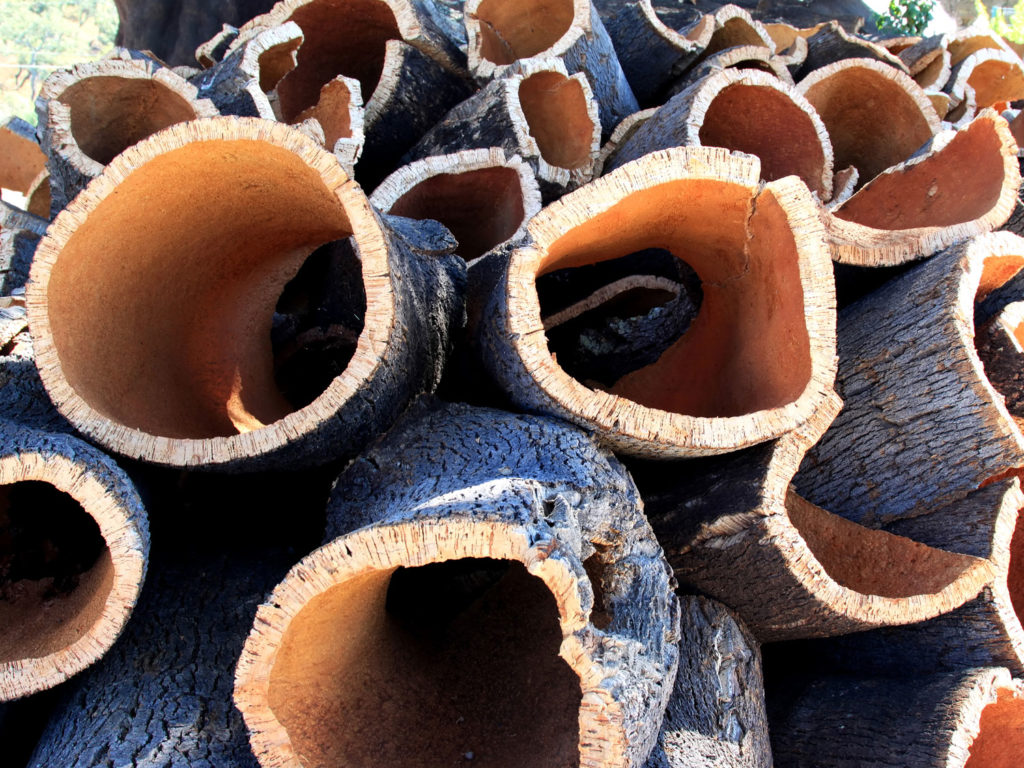
Bark removal – Cork is extracted only from early May to late August, when the cork can be separated from the tree without causing permanent damage.
The Montado landscape of Portugal produces roughly half of the cork harvested annually, worldwide.
The workers who specialize in removing the cork are known as extractors. An extractor uses a very sharp axe to make two types of cuts on the tree. One horizontal cut around the plant, called a crown or necklace, at a height of about 2-3 times the circumference of the tree, and several vertical cuts called rulers or openings. This is the most delicate place of the work because, even though cutting the cork requires significant force, the extractor must not damage the underlying phellogen or the tree will be harmed.
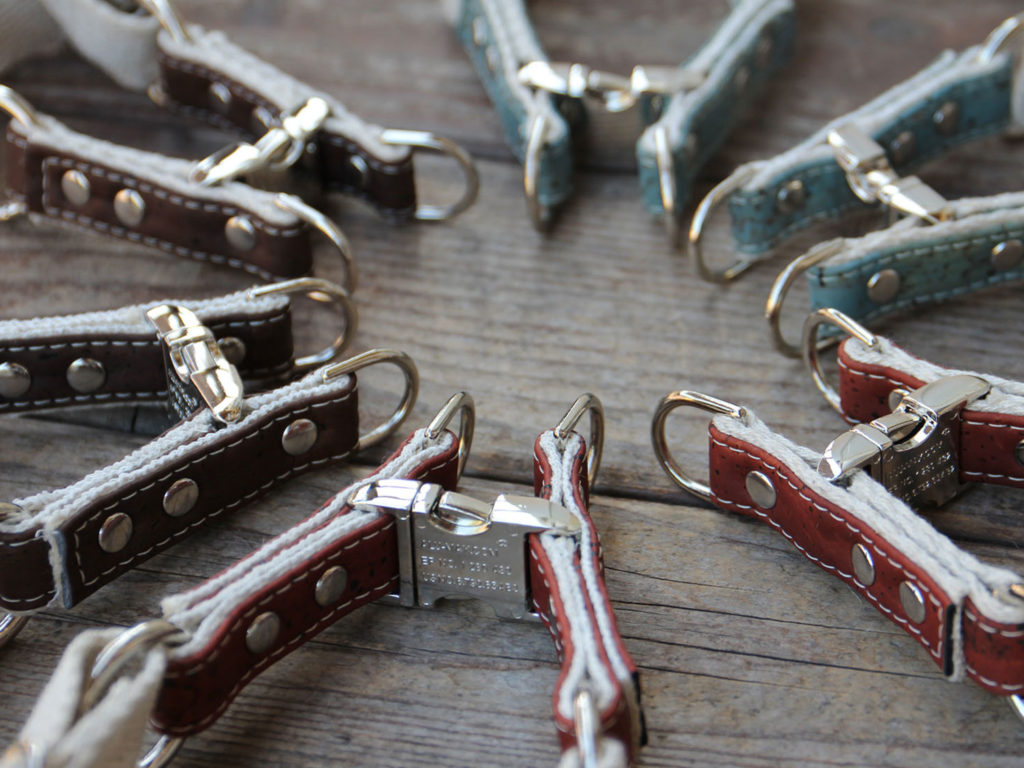
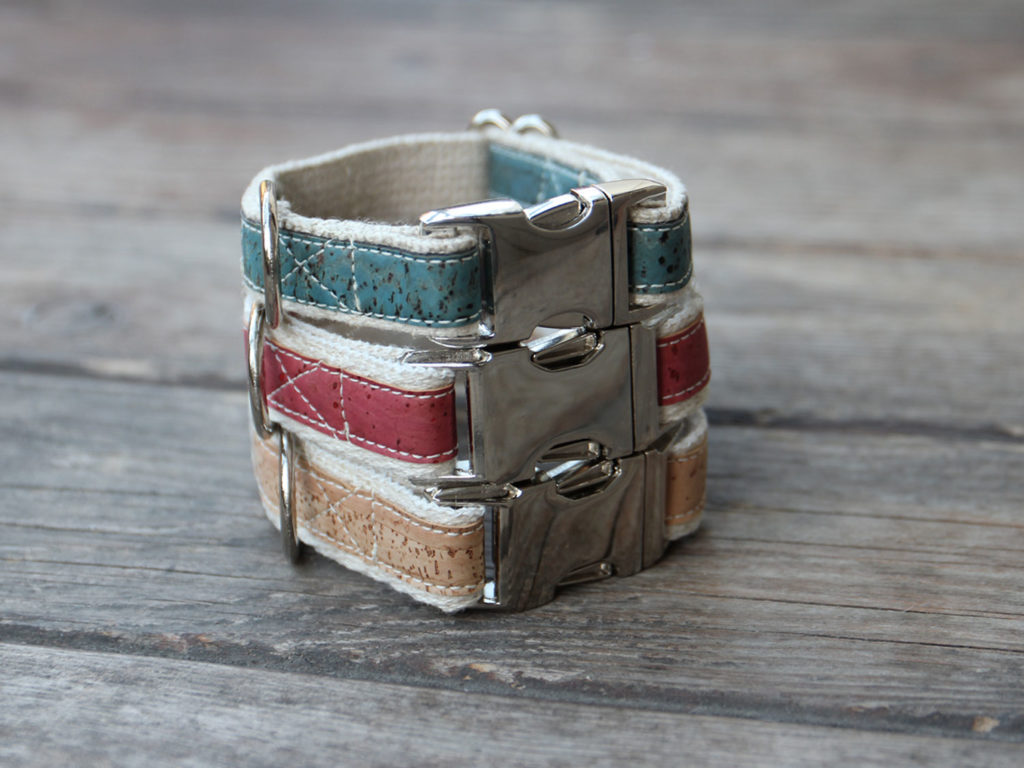
Visit Wigglywoos for our Dog Gear Cork Collection

